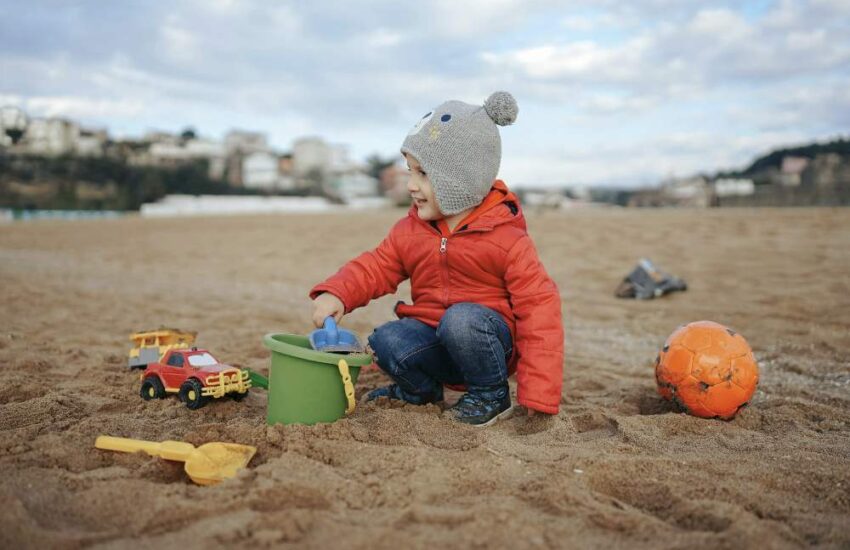Republic of San Marino, a European Country You Need to Visit
Recently I visited the Republic of San Marino and was taken away with its beauty, charm and history. This small republic is one I had heard of for years and it always piqued my interest. It’s a small place and situated on top of a mountain. San Marino is almost out of a fairy tale with a well preserved medieval old town, stunning views of the Adriatic Sea and the surrounding area as well as an incredible past.
Below, I invite you to learn more about the remarkable Republic of San Marino.

Introduction
San Marino is a microstate that is completely surrounded by the country of Italy. With 61 square kilometers and only 32,000 residents, it is the smallest nation in Europe by population (not counting Vatican City).
Founded in 301 AD, it is thought by many historians to be one of the oldest constitutional republics in the world.
Despite having one of the world’s smallest economies, it has one of the highest GDP’s per capita in the world. An example of this is the fact that it is the only country in the world with more vehicles than people.
While tourism comprises a large portion of its income, it also makes a decent amount of money from selling its stamps to collectors. As a result, the majority of stamps in San Marino are not sold to local residents, but foreigners.

History of San Marino
The story of San Marino began with the arrival of Saint Marinus in the area in the year 301 AD.
Fleeing persecution at the hands of Emperor Diocletian for spreading the Christian faith in nearby Rimini, he built a small church at the top of Monte Titano 10 kilometres inland, founded the republic of San Marino, and lived out the rest of his life in exile.
San Marino was not recognized as an independent state until more than a thousand years later in 1631, when the papacy formally acknowledged its existence.
The greatest threat to its sovereignty occurred during the Napoleonic years. Through diplomacy however, San Marino was able to maintain its borders during a time when Napoleon Bonaparte controlled much of Europe.
He even offered to allow San Marino to extend its borders. The Regents declined his offer though, as they feared that it would jeopardize the independence of the entire microstate if Italy was able to regain self- governance from Napoleon in the future.
The 19th century was a tumultuous one across the Italian peninsula. Calls for unification produced a variety of revolts and wars of independence during this period.

Those that spoke out against unification were often persecuted against by those that were in favor, leading them to seek refuge within the borders of San Marino.
San Marino declared neutrality in both the first and second world wars, but it didn’t save them from being negatively affected in either conflict.
Italy cut San Marino’s phone lines in the first World War to prevent Austrian spies from using their radiotelegraph station.
The Royal Air Force bombed San Marino early in 1944, as they belived that they had been occupied by German forces. The Germans actually did occupy San Marino in September 1944, but they were quickly defeated in the Battle of San Marino by the Allies shortly after.
San Marino was also home to the world’s first democratically elected communist government, with the Sammarinese Socialist Party ruling the country from 1945 to 1957.

Geography and location
San Marino is the smallest nation state in the world in total area The land area of Nauru and Monaco are both smaller, but their maritime territory make both of these states larger than San Marino.
San Marino is located within the Apennine mountain range, making its terrain hilly to mountainous; its highest point is the summit of Monte Titano, which sits 749 metres above sea level.
Situated close to the town of Rimini (10 km), and the city of Bologna (132 km), San Marino is easy to include on a travel itinerary if you are on holiday in the Emilia Romagna or Marche regions of Italy.

Exploring the Old Town of San Marino
The city of San Marino can be found along the western slope of Monte Titano, with Castello della Guaita sitting atop its summit. Its old age and the steepness of its cobblestoned streets means that most of them are impassable to modern cars.
This has created an ideal environment for pedestrians to explore its many alleyways, plazas, and attractions.
The Basilica di San Marino, built in 1836 in the neoclassical style and dedicated to the founder of the country (Saint Marinus), is a popular stop for visitors.
An urn containing the bones of Saint Marinus himself is buried beneath its altar. On its right hand side, a marble shrine contains the skull of this state’s patron saint.

Palazzo Pubblico is another heavily-visited attraction in San Marino. It is here where this territory has been governed since 1894. Found on the back of San Marino 2 Euro coins, this relatively young building contains a number of features that are of interest to fans of great architecture.
Large gates, a clock tower, a coat of arms carved into its sandstone exterior, and a bronze statue honoring San Marino comprise the highlights on the outside.
Meanwhile, the inside features The Great and General Council Hall (where laws are passed), busts honouring Abraham Lincoln and Pope Clement XII (who were both friends to this tiny country during their tenures), and countless works of fine art adorning its hallways.

The three towers of San Marino
However, the three towers of San Marino is the sight that draws visitors here above all else. Featured on the flag of San Marino, these defensive structures are its most iconic symbol. Castello della Guaita stands out the most, as it stands at the top of the highest summit of Monte Titano.
Built in the 11th century, Guaita’s position and the extent of its fortifications made it virtually impenetrable, which helped to keep San Marino free for the vast majority of its history.
It was also a prison for a brief period, as its geographic position made it very difficult for prisoners to escape.
Cesta sits atop the highest peak in San Marino on the site of a former Roman fort. Built in the 13th century, it hosts a museum today that showcases over 500 weapons from the medieval era.
Montale is located on the smallest of the three peaks of Titano. Built in the 14th century, it was constructed to check the power of the Malatesta family, who was seen as a threat to San Marino’s sovereignty during that time.
Like Guaita, this tower served as a prison for a portion of its life. At present, this tower is not open to the public.

I trust the information above gives you a better idea of what San Marino is all about and what you can expect when you visit. I really loved San Marino and from the moment I arrived was thinking about what it would be like to actual live there a few months of the year. I realize most people visit places to see the sights and return home but I’m in a particularly unique situation.
What I see is a wonderful and inspiring base in a beautiful and safe part of the world. I like its remoteness but at the same time its proximity to everything. You have the airports in Rimini and Bologna and the Adriatic Sea a short drive away on a motorcycle or public bus. It’s also very close to a quality golf course and other interesting places while keeping cool even during the summer do to it’s elevation.
Suffice to say, I’m a fan of San Marino much like all the other people I’ve chatted with who also have had the pleasure of visiting. If you’re on a trip touring in the area, I suggest you spend a night there as the sunset I witnessed was special; also the old town slows down at night making it great for photos at dusk and I’m assuming dawn as well. Finally, there are lots of delicious restaurants to choose from for dinner, many tourists come on day trips but if time permits, do stay the night.
Below is a video I made from my first day there.
https://www.youtube.com/watch?v=0BLqti7suKI
In closing, I’d like to thank Visit San Marino for their hospitality, it was much appreciated. That said, all opinions are my own as they always have been and always will be.


